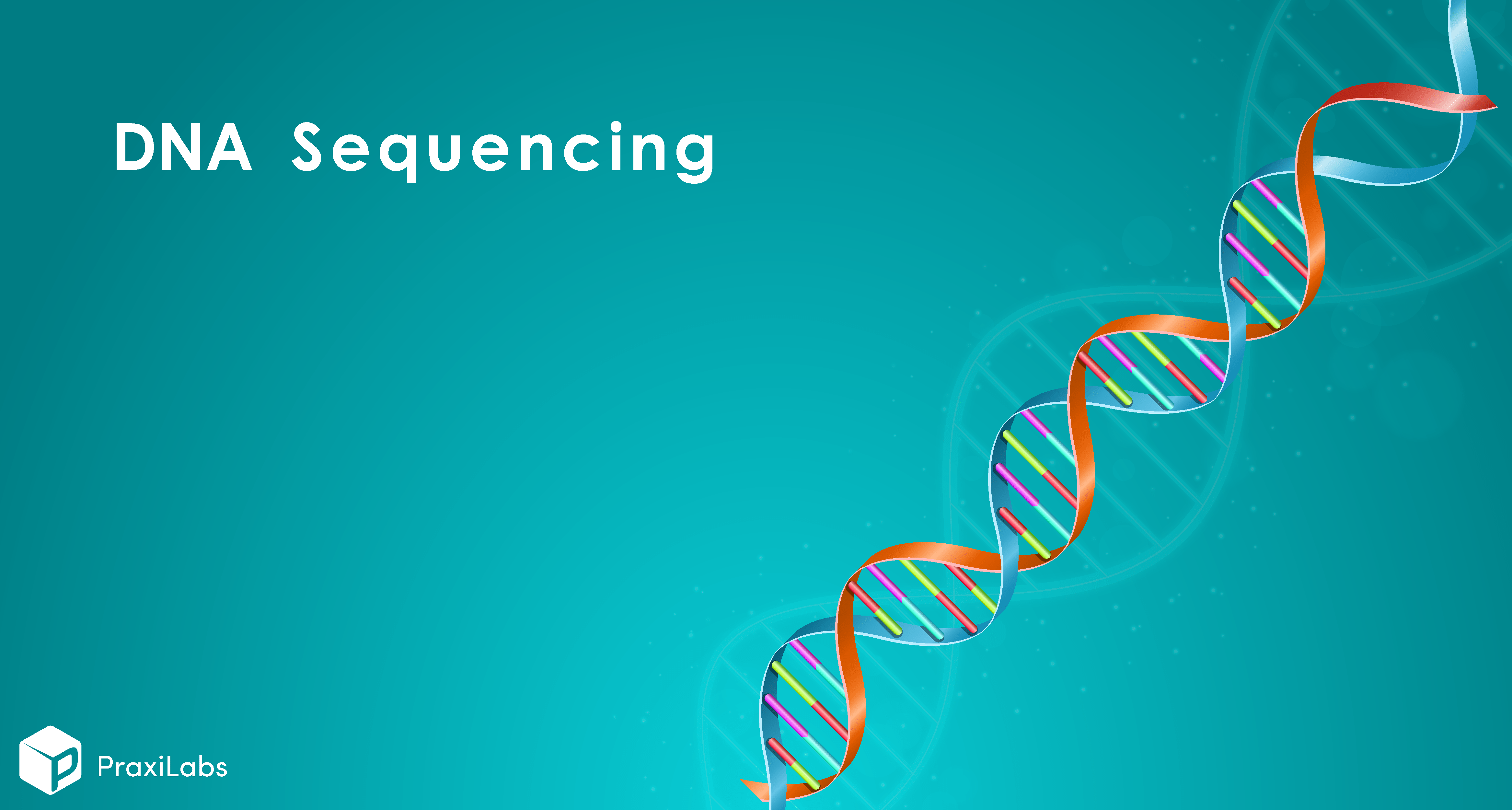-
Biology

DNA Sequencing: Definition, Importance, Methods, Facts, and More
Last Updated on June 18, 2023 by Sara Assem DNA and DNA Sequencing DNA (Deoxyribonucleic acid) is a molecule that contains the instructions an organism needs to develop, live, and reproduce. These instructions are found inside every cell and are passed down from parents to their children. DNA is made up of molecules called nucleotides. Each nucleotide contains a phosphate group, a sugar group and a nitrogen base. The four types of nitrogen bases are adenine (A), thymine (T), guanine (G), and cytosine (C). The order of these bases is what determines DNA’s instructions, or genetic code. You can read our previous article, for more information about DNA. In this article, we will talk about DNA sequencing, how it is done, its importance, and some amazing facts about it. What is meant by DNA sequencing? The laboratory technique which is used to determine the order of the four chemical building blocks—called “bases”—that make up the DNA molecule is called” DNA Sequencing.” The sequence tells scientists the kind of genetic information that is carried in a particular DNA segment. To understand DNA sequencing, you should know that: In the DNA double helix, the four chemical bases always bond with the …
Read More » -
Chemistry

Standardization of Potassium Permanganate In 7 Steps
Last Updated on April 11, 2023 by Sara Assem If you study chemistry, you must have dealt with a substance characterized by its purple color, which is always found in a dark-colored bottle, and it can also stain your hands and clothes.. Yes, it is potassium permanganate, so what is this substance? Its properties? Its uses? And the purpose of its standardization and how? This is what we will discuss in this article and focus on standardization of Potassium Permanganate. Overview Properties of Potassium Permanganate Physical Properties: Appearance – Dark purple or black crystals. – Bright purple in solution. (can be found as tablets or powder or crystals as shown in figure1,2 ) Phase Solid Odor No smell but has a sweet taste. Boiling point 100°C Density 2.703 g/cm³ Solubility – Soluble in many organic compounds; also by concentrated acids with the liberation of oxygen. -Soluble in acetone, methanol, acetic acid, trifluoroacetic acid, acetic anhydride, pyridine, benzonitrile, sulfolane. Solubility in water 6.38 g/100 ml (20 °C) Melting point 270 °C decomp. Chemical Properties: Potassium permanganate is an inorganic chemical compound. It is also known as permanganate of potash and Condy’s crystals. It’s a strong oxidizing agent with chemical …
Read More »


